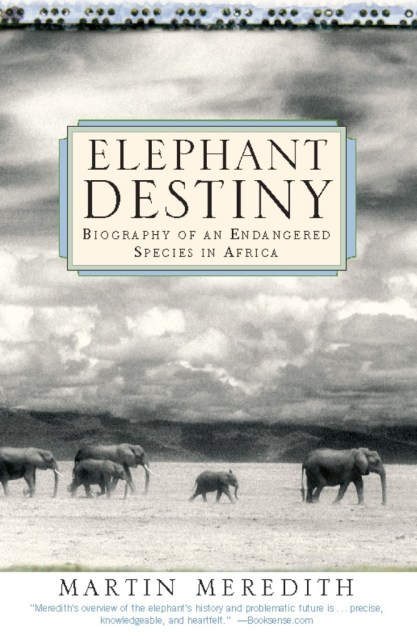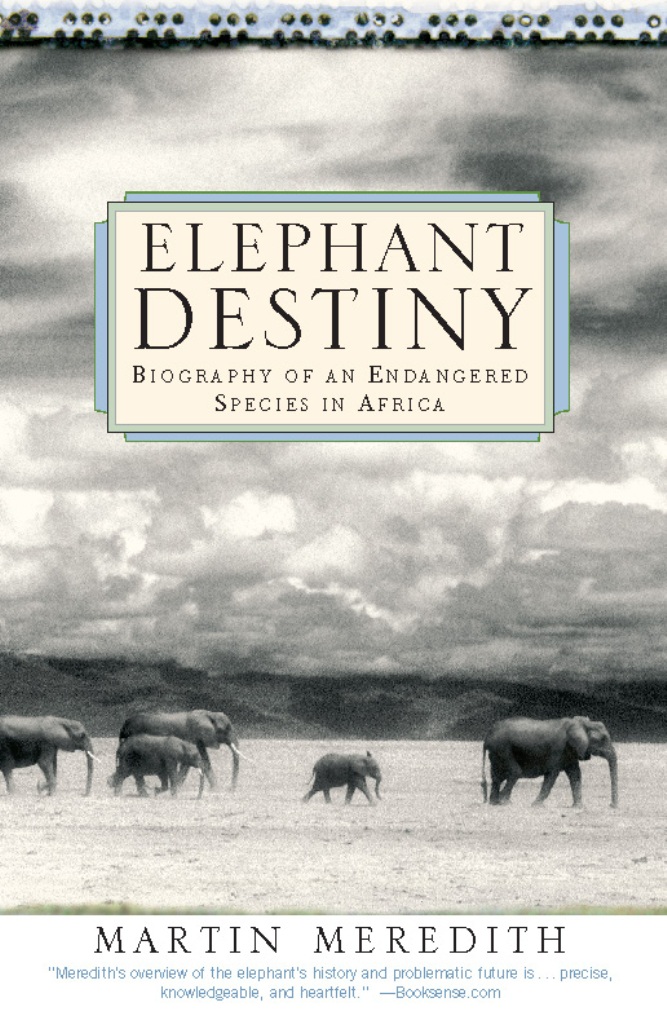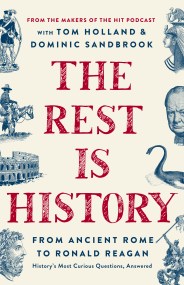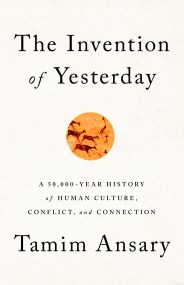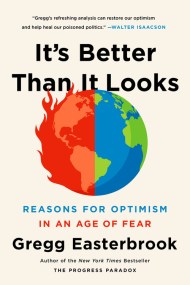Promotion
Use code MOM24 for 20% off site wide + free shipping over $45
Elephant Destiny
Biography Of An Endangered Species In Africa
Contributors
Formats and Prices
Price
$9.99Format
Format:
- ebook $9.99
- Trade Paperback $19.99
This item is a preorder. Your payment method will be charged immediately, and the product is expected to ship on or around April 27, 2009. This date is subject to change due to shipping delays beyond our control.
Also available from:
What will become of these magnificent beasts? As the elephant’s future looms ever darker, Martin Meredith’s concise and richly illustrated biography traces the elephant’s history from the first ivory expeditions of the Egyptian pharaohs 2500 years ago to today, exploring along the way the indelible imprint the African elephant has made in art, literature, culture, and society. He shares recent extraordinary discoveries about the elephant’s sophisticated family and community structure and reveals the remarkable ways in which elephants show compassion and loyalty to each other.
Elegant, illuminating, and urgent, Elephant Destiny offers a beautiful and important tribute to one of earth’s most magisterial creatures at the very moment it threatens to vanish from being.
Genre:
- On Sale
- Apr 27, 2009
- Page Count
- 256 pages
- Publisher
- PublicAffairs
- ISBN-13
- 9780786728381
Newsletter Signup
By clicking ‘Sign Up,’ I acknowledge that I have read and agree to Hachette Book Group’s Privacy Policy and Terms of Use
